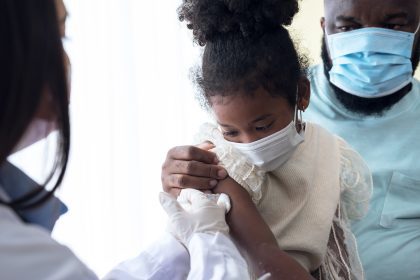The Food and Drug Administration (FDA) has initiated sweeping changes to berry handling protocols, marking a significant shift in produce safety requirements. These measures address mounting concerns about viral contamination in both fresh and frozen berries, particularly focusing on imported products that have been linked to previous outbreaks.
Understanding contamination risks
Scientific evidence identifies eight critical points where berries become vulnerable to viral contamination. Research demonstrates that the delicate nature of berries combined with manual harvesting creates unique safety challenges. Unlike other produce, berries cannot undergo aggressive washing procedures without compromising their quality, making prevention particularly crucial.
Medical investigators have documented multiple cases where improper handling led to virus transmission. The focus on norovirus and hepatitis A stems from these pathogens’ ability to survive freezing temperatures, rendering traditional preservation methods insufficient for ensuring safety.
Prevention strategies target key areas
Federal regulators have developed comprehensive approaches to address contamination risks throughout the supply chain. The measures begin at harvest sites, where worker hygiene protocols receive heightened scrutiny. Processing facilities must implement enhanced sanitation procedures, including regular environmental testing and improved worker health monitoring.
Transportation and storage requirements now include stricter temperature controls and handling guidelines. Packaging facilities face additional requirements for preventing cross contamination, with particular attention to worker contact points and equipment sanitation.
Global implications emerge
International trade relationships face new considerations under these regulations. Imported berries must meet equivalent safety standards, potentially affecting supply chains from major producing regions. The FDA’s approach aligns with recommendations from global health organizations, which have identified contaminated berries as a significant public health concern.
Trade experts anticipate these requirements will influence international agricultural practices. Major berry producing countries may need to update their safety protocols to maintain access to American markets. These changes could reshape global berry trade patterns and pricing structures.
Industry adapts to requirements
Agricultural businesses have begun implementing required changes throughout their operations. Large producers are investing in enhanced sanitation infrastructure and worker training programs. Smaller operations face challenges in meeting new requirements while maintaining competitive pricing.
Industry analysts note that while implementation costs may initially impact profitability, improved safety measures could enhance consumer confidence and market stability. The berry industry continues developing innovative approaches to meet these requirements while maintaining product quality.
Consumer protection strengthens
Public health experts welcome these enhanced safety measures as important steps toward preventing foodborne illness. The regulations address specific concerns about imported products, which have been linked to multiple outbreaks in recent years. Consumers gain additional protection through improved tracking and testing requirements.
Health departments anticipate these measures will reduce outbreak frequency and severity. Enhanced monitoring systems should enable faster responses to potential contamination events, limiting exposure risk and improving outbreak containment efforts.
Economic considerations surface
Market analysts project various economic impacts from these regulatory changes. While implementation costs may affect short term pricing, improved safety measures could reduce costly recalls and liability issues. Industry experts suggest that standardized safety protocols might actually streamline operations in the long term.
Production costs will likely increase initially as facilities upgrade equipment and procedures. However, reduced contamination risk could lower insurance costs and legal expenses associated with foodborne illness outbreaks. These factors contribute to complex economic calculations throughout the industry.
Implementation timeline unfolds
Regulatory officials have outlined a phased approach to implementing these new requirements. Large producers must comply with initial measures within specified timeframes, while smaller operations receive additional adjustment periods. The FDA emphasizes the importance of maintaining food supply stability while enhancing safety protocols.
Industry groups continue working with regulators to refine implementation strategies. This collaborative approach aims to achieve safety goals while minimizing disruption to berry supplies and maintaining market stability. Regular assessments will help identify necessary adjustments to these protocols.
The evolution of food safety regulations reflects growing understanding of contamination risks and prevention strategies. As implementation proceeds, continued monitoring will help evaluate these measures’ effectiveness in protecting public health while maintaining viable berry production and distribution systems.
















